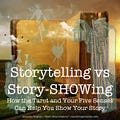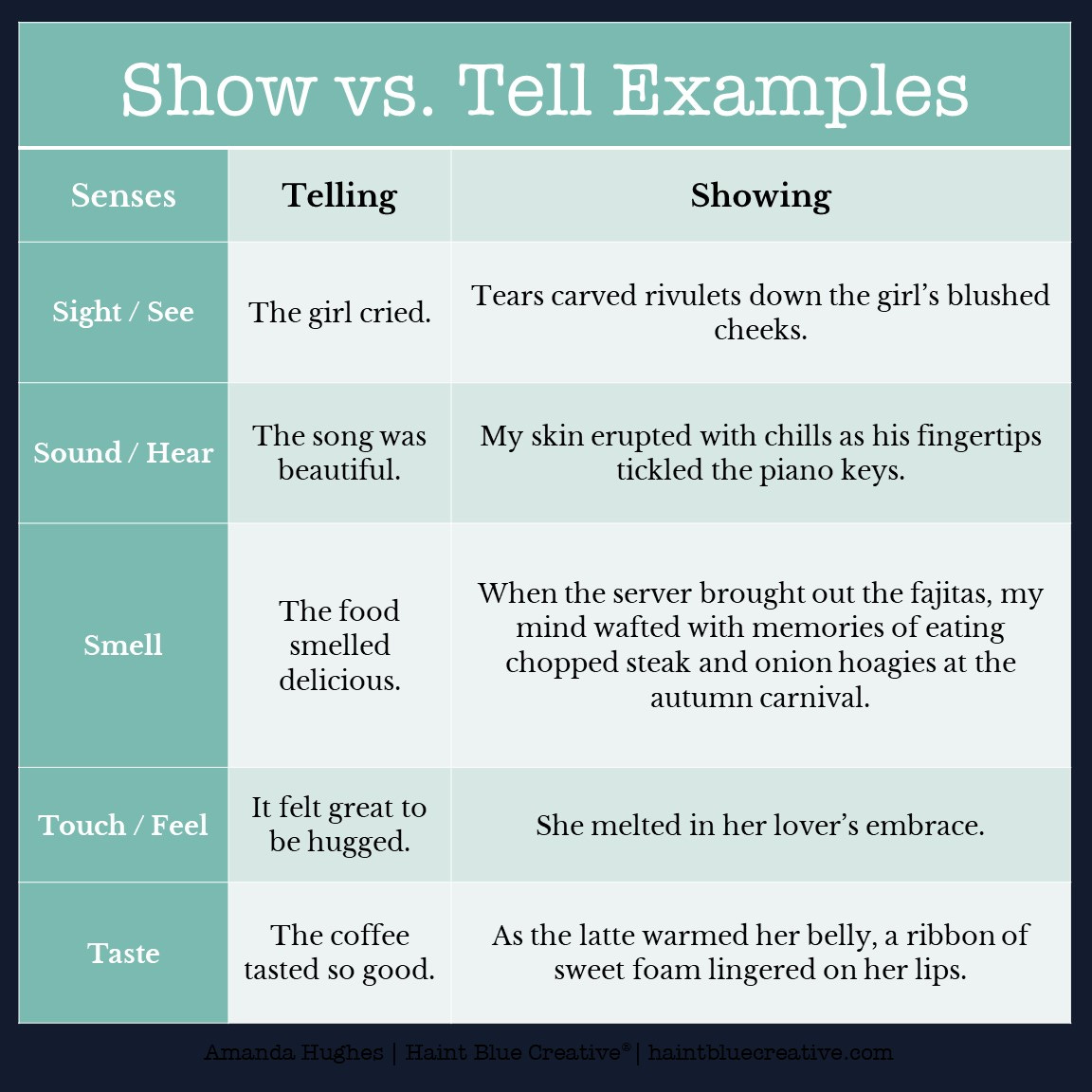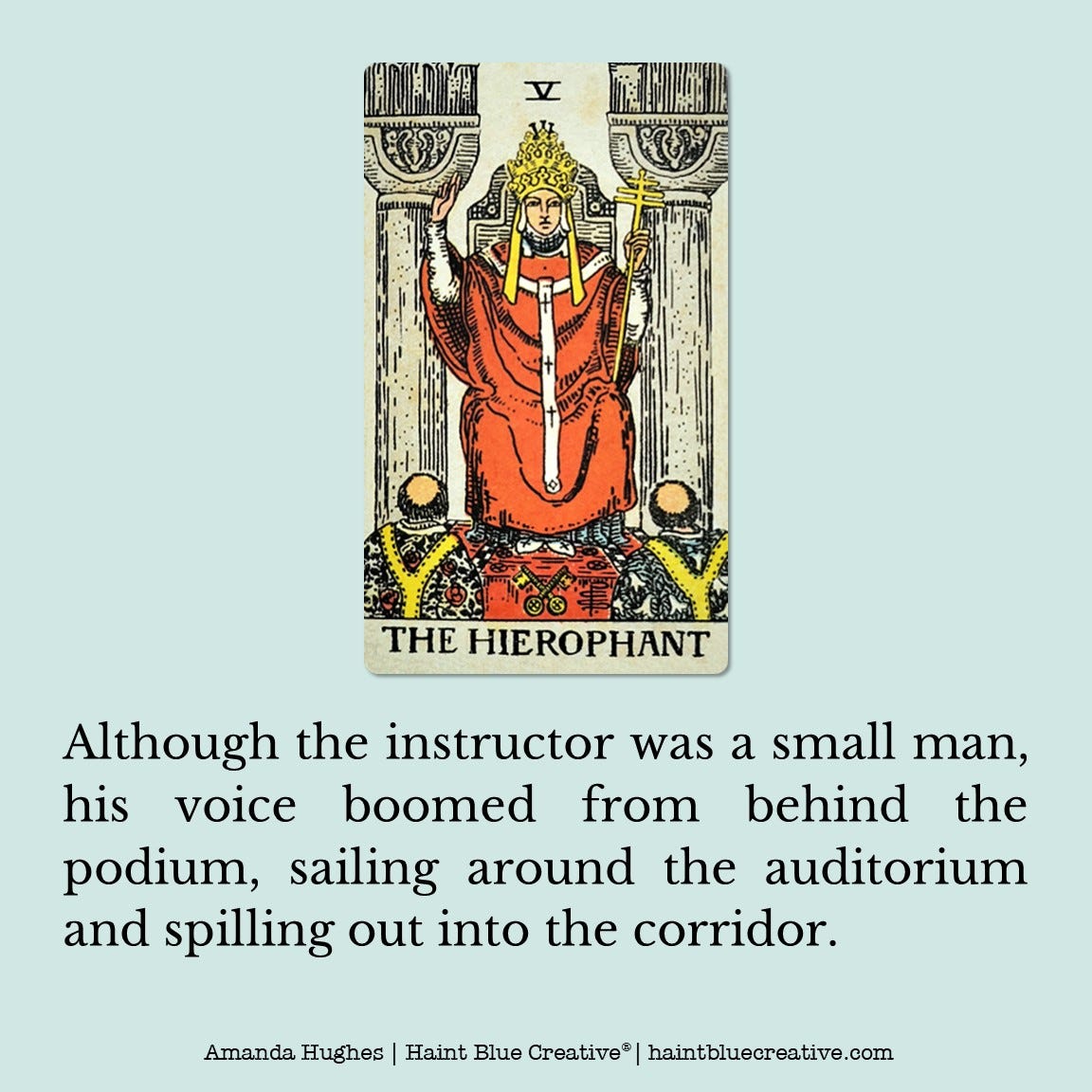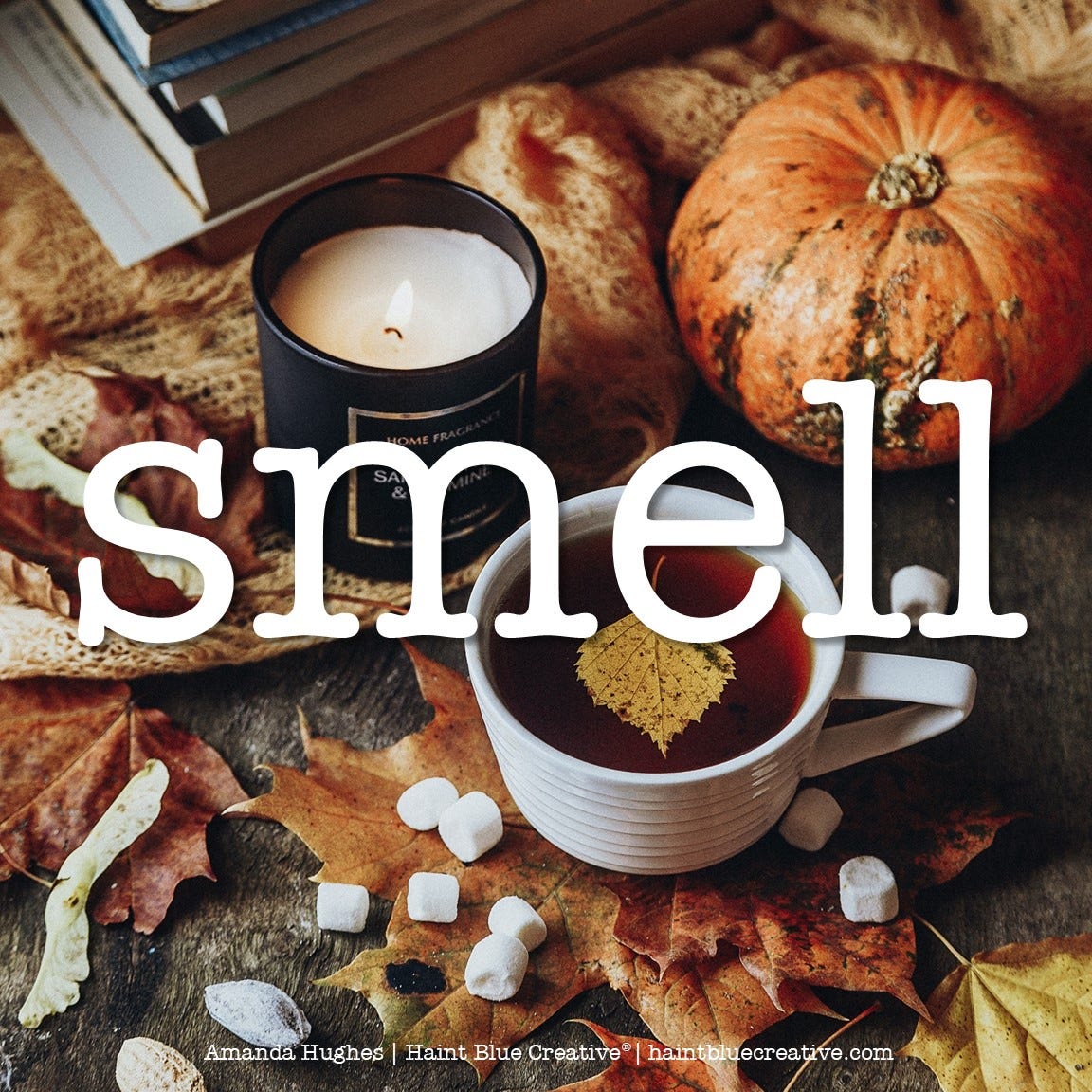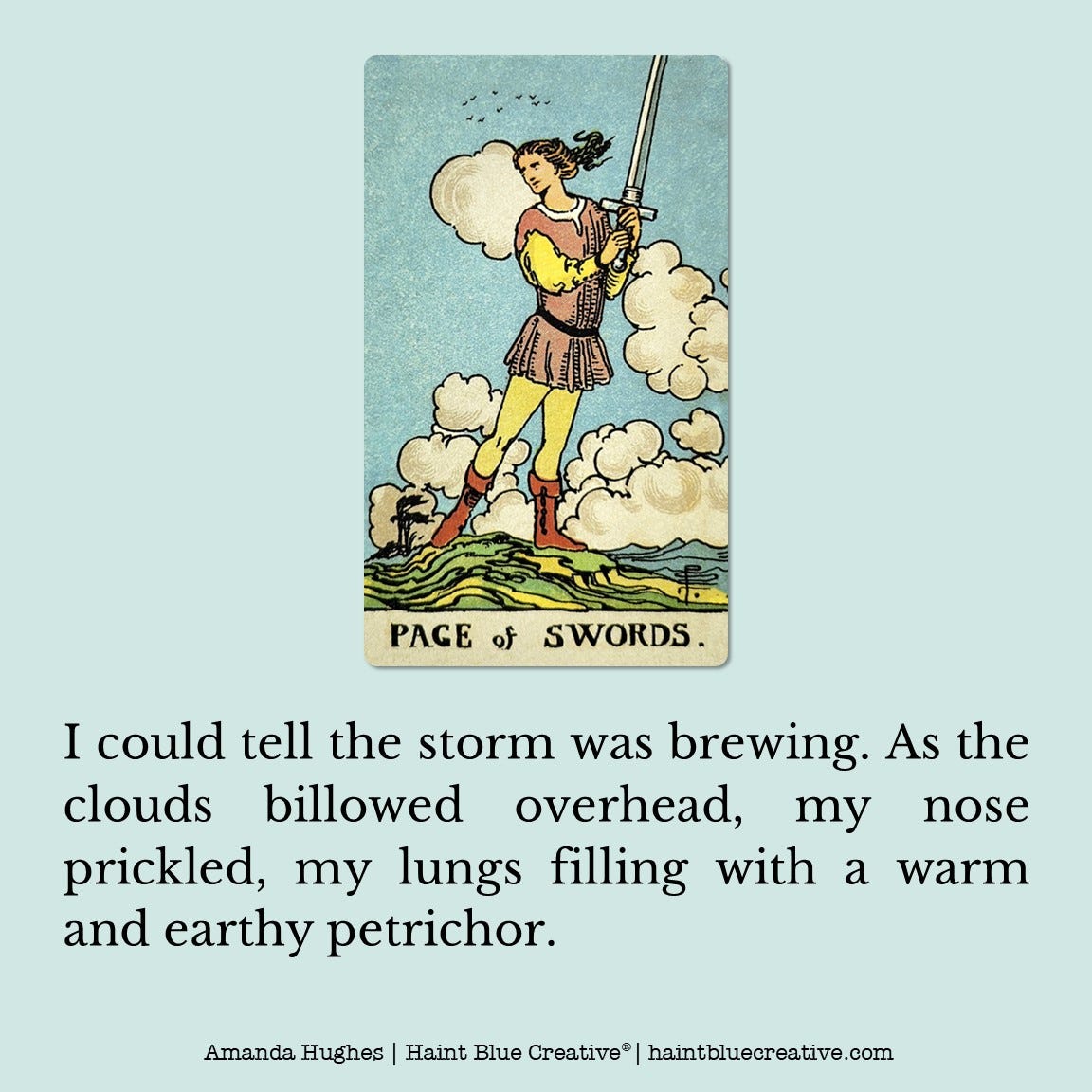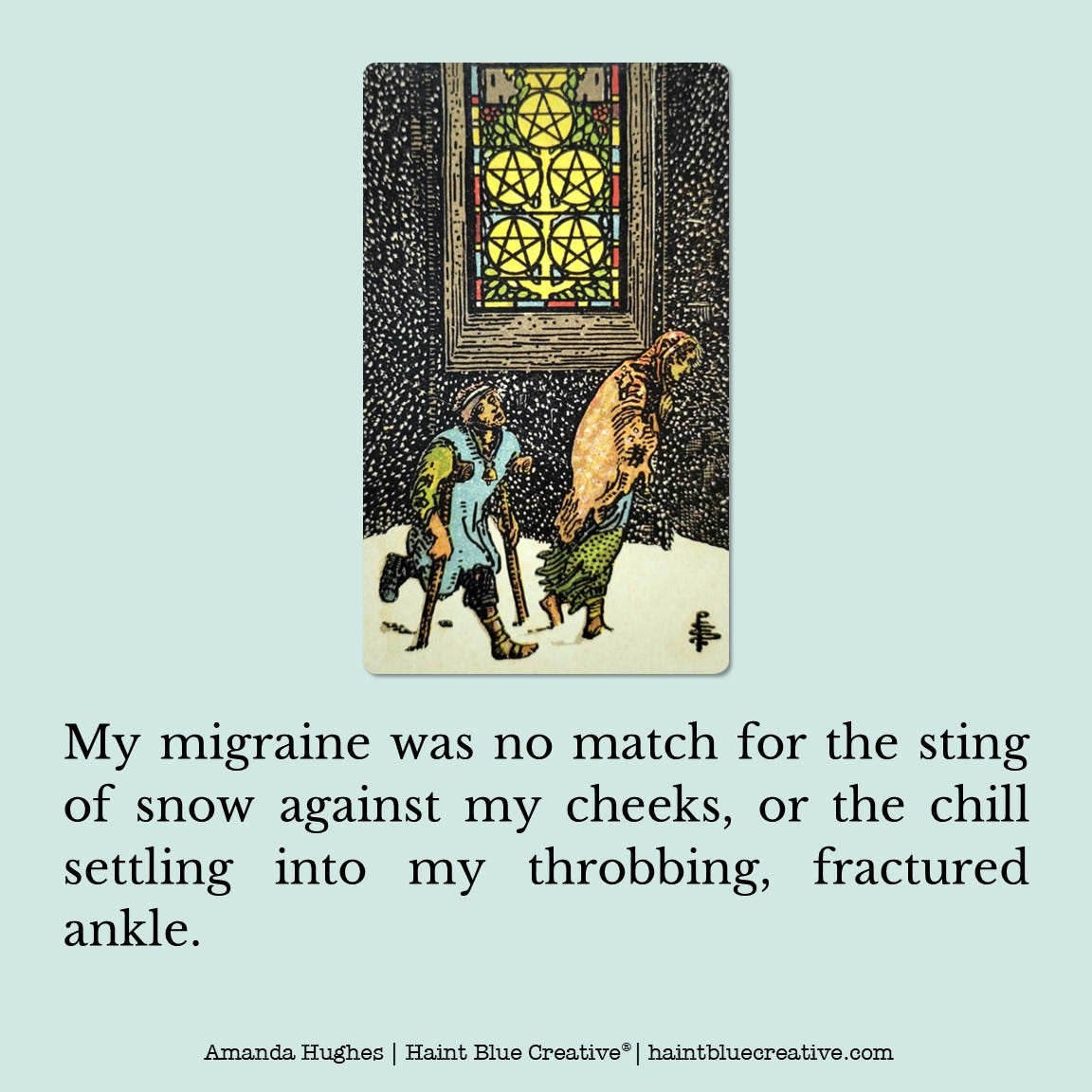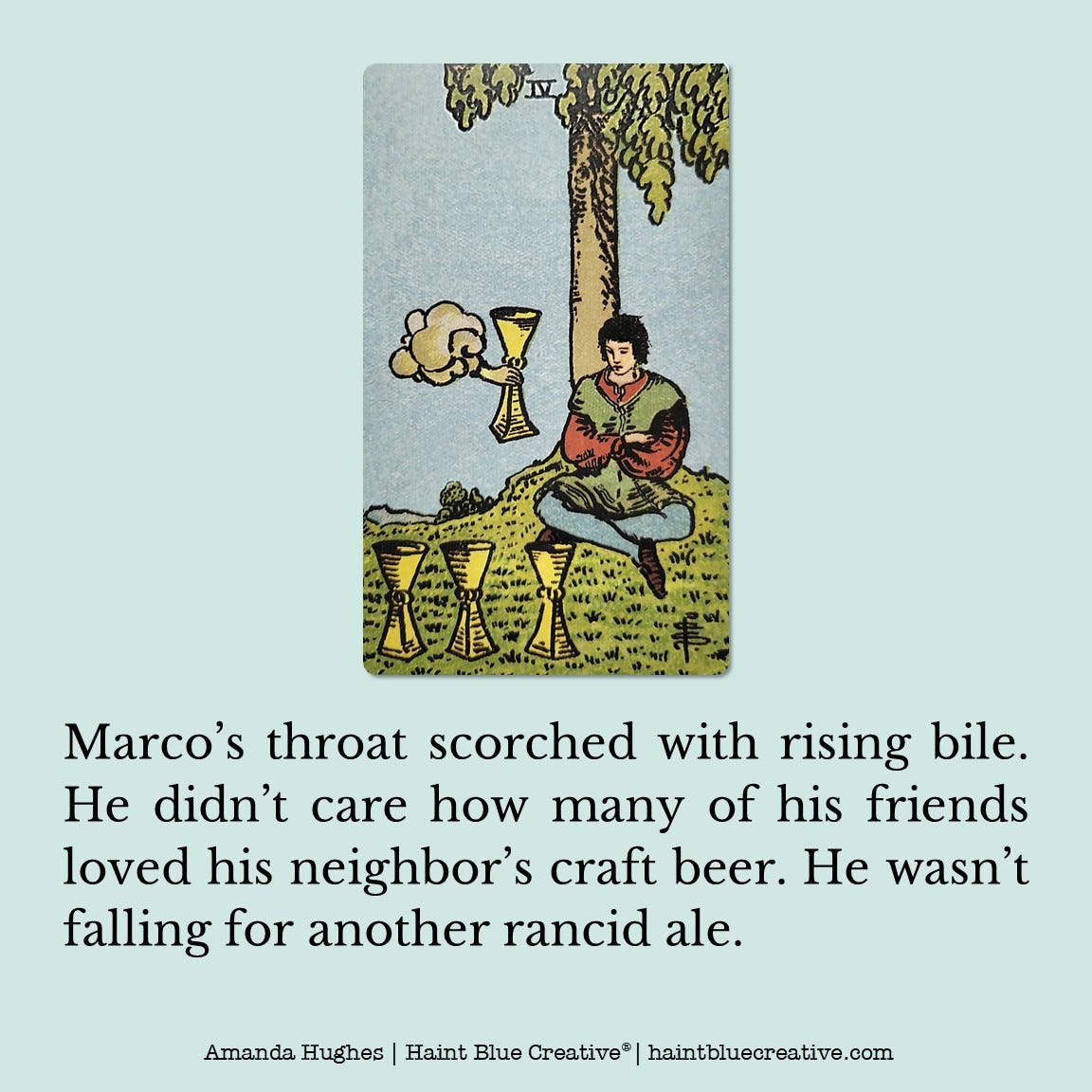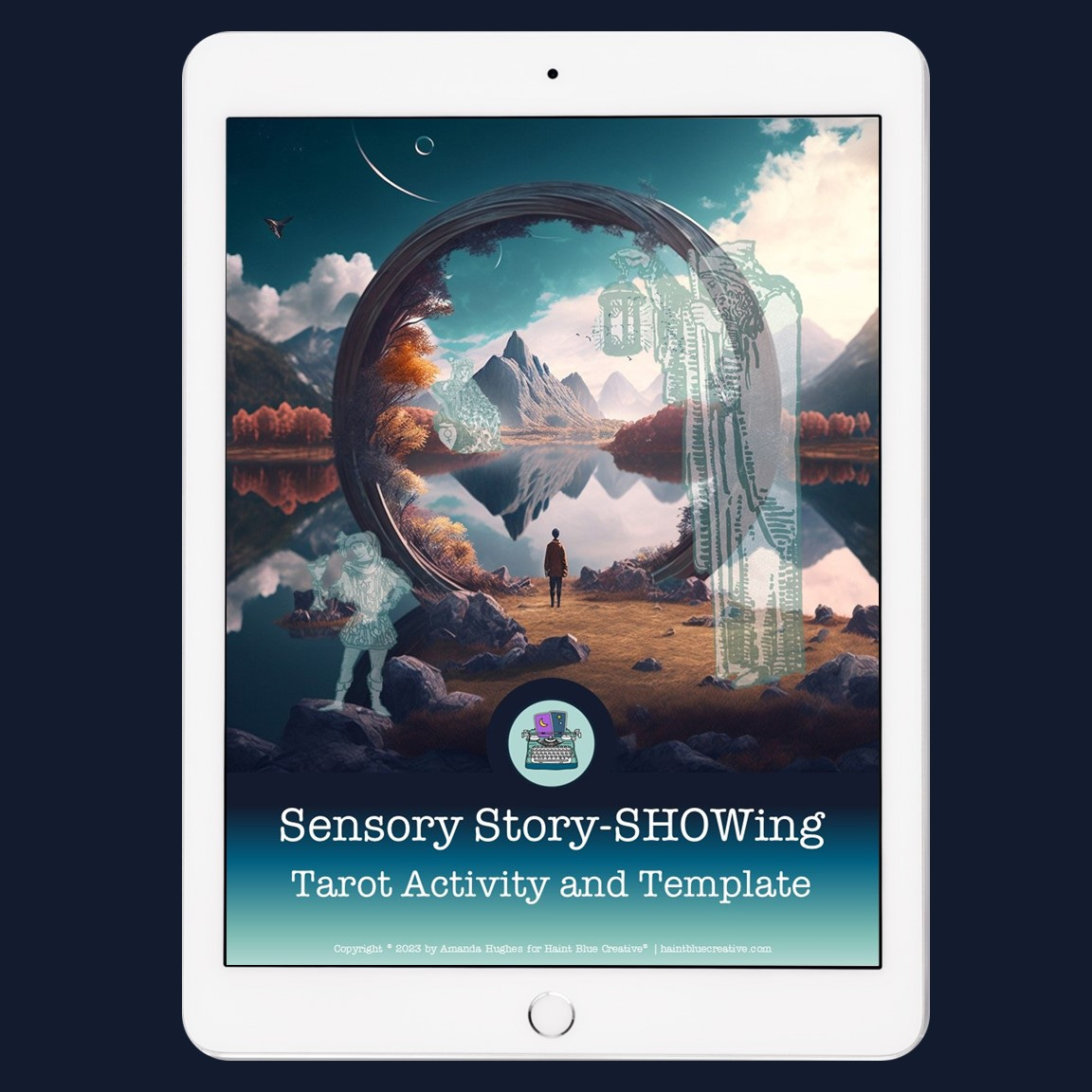The best stories make us feel like we are part of them. Whether an article, book, movie, or stage play, a good story starts in the writer’s mind, and then spills out onto the page—literal or digital. While reading your favorite books or watching your favorite movies, you’re most likely imagining yourself as the character and/or placing yourself in their world. You can see, hear, smell, feel, and taste what they are experiencing, if only in your imagination.
If you are a fiction writer, you will most likely recognize the statement “Show, don’t tell.” Although this advice can be redundant, it’s important. While writing, showing your story—which includes using descriptive language, metaphor, and dialogue—offers the reader an experience, rather than simply telling the story and expecting readers to take your word at face value.
Sensory writing—using words and phrases that make a connection to the five senses—can enrich one’s storytelling with depth and nuance, offering the reader a virtually immersive experience. Here are five examples of telling a story compared with showing it:
Immersive Practice
While writing fiction, I enjoy sharpening my skills through immersive practice. First and foremost, I mull over the ideas, characters, and stories that seem to appear out of the ether. Next, I pay close attention to my intuitive sensory responses: what I see, smell, hear, taste, and feel as the details unfold. I make lots of notes, capturing my ideas so I might recall them later.
Because I never know what or who is going to inspire me, or when inspiration might occur, I pay close attention to specifics. No matter where I am, I examine my surroundings thoroughly, listening intently, and acknowledging how people, places, or situations make me feel. Like a tourist in a new town, I look up, down, and around, homing in with granular interest. Airports are terrific places for putting sensory awareness into practice—they are a kaleidoscope of things to see, smell, feel, hear, and taste. Malls, sporting events, parks, any place where people gather, also work well.
The tarot can be used in the same vein, serving as anchors for activating the senses. Let’s review examples of sensory story-showing as inspired by a selection of tarot cards:
Practice Activity – Sensory Story-Showing with the Tarot
Now it’s your turn. For this two-part practice activity, I have crafted a free template that includes a selection of questions to help you glean sensory details from your tarot cards. You are invited to use these insights for more profound story-showing.
This activity template is absolutely free! To access your copy, simply click the image or the button beneath it. After downloading your free template, you will have an opportunity to save a copy of this blog post for reference. I hope you enjoy this complimentary resource!
In her more than thirty years as a storyteller and visual designer, Amanda “Mandy” Hughes has written and designed over a dozen works of literary, Southern Gothic, and women’s fiction under pen names A. Lee Hughes and Mandy Lee.
Mandy is the founder of Haint Blue Creative®, a space for readers and storytellers to explore, learn, and create. She holds a Bachelor and Master of Science in Psychology, and she has worked as an instructional designer for nearly twenty years.
When she’s not writing fiction, Mandy enjoys the movies, theater, music, traveling, nature walks, birdwatching, and binging The Office. She is a tarot enthusiast who uses the cards to enhance creativity and foster wellness. She lives in Georgia with her husband and four sons, two of whom are furrier than the others (but not by much). Visit her website at haintbluecreative.com and follow her on Instagram @haintbluecreative.

